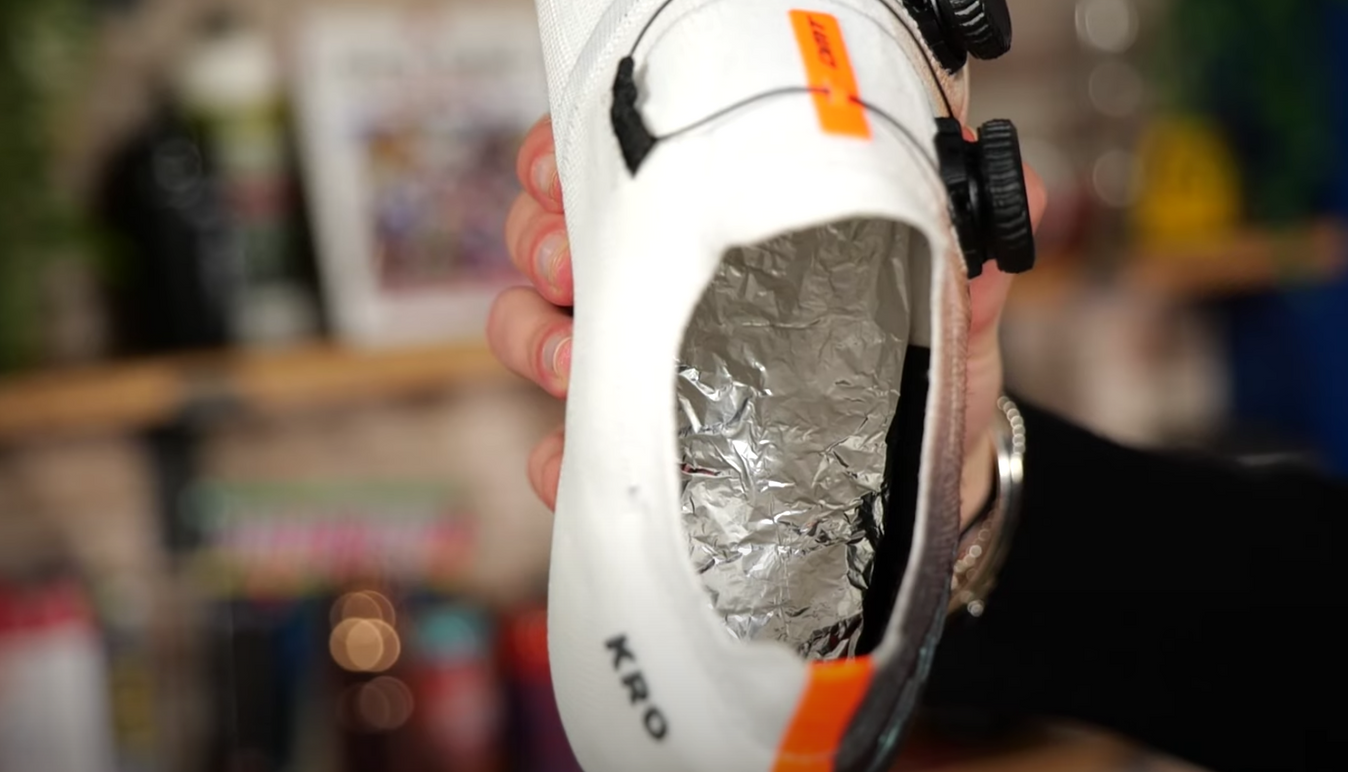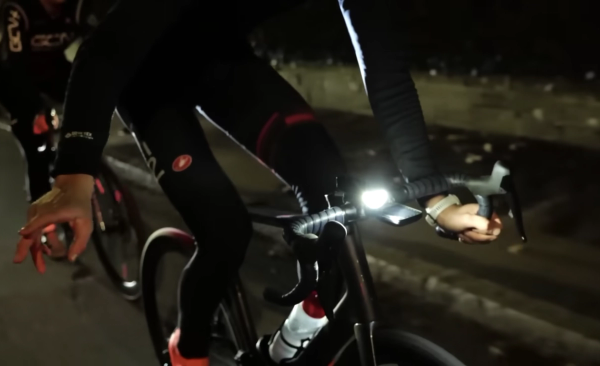How to keep your feet and hands warm on winter rides
Don’t let the cold weather ruin your rides with the help of these top tips
Tom Hallam-Gravells
Online Production Editor
Fail to prepare, prepare to fail. It’s a philosophy that applies to cycling at any time of the year, but especially in autumn and winter when riders need to be prepared for any conditions. Rain, wind, snow and the biting cold can all wreak havoc on a ride if you’re not wearing the correct clothing. This can be especially noticeable when your hands and feet are affected, leading to a miserable ride - not to mention an uncomfortable shower when the hot water leaves your hands and feet burning and tingling.
It doesn’t have to be this way! There is now a greater variety of clothing and technology available than ever before so that you can glide through the colder months in comfort and relative warmth, plus plenty of nifty hacks you can try too. Here are all of the ways you can protect your feet and hands when riding in cold and wet weather this winter.
Sock choice matters
It’s tempting when heading out on a ride to simply throw on any old pair of socks - like that hole-filled pair you should probably have thrown away by now. However, your feet can get cold very quickly when riding, so spend a little more time selecting a pair that are sufficient for the conditions.
We’re not suggesting that you use hiking or ski socks as these will be far too thick. Instead, you could invest in a pair of dedicated thermal cycling socks. These will be thinner and specially designed for cycling in colder weather. If you don’t want to invest in a new pair, simply double up on normal cycling socks.
Just make sure that the socks aren’t too thick so that your feet aren't packed too tightly into your shoes. This can restrict the blood flow leading to numbness and, ironically, will make your feet colder.
Should you invest in winter-specific shoes?
Nowadays, dedicated products are available for virtually every type of riding. There’s clothing for all of the seasons, outdoor and indoor riding, road or gravel terrain - you name it, there’s a dedicated product for it.
On this theme, it’s possible to buy winter-specific cycling shoes. These usually have an outer-thermal layer to keep feet warmer, but they can be quite costly.

© GCN
When placed inside a shoe, foil acts as an extra layer of insulation
Luckily, there are other wallet-friendly ways around this by making your regular shoes winter-ready. Most shoes have vents at the bottom to aid airflow, but this becomes a problem in winter when that airflow is what causes cold feet. To counteract this, place a layer of tin foil under the soles of your shoes. It’ll act as insulation and provide protection against water.
Always wear overshoes
While tin foil is an inexpensive solution, nothing beats dependable overshoes. These are a must for winter riding, providing the best protection from water. Cold but dry feet can be bearable, but cold and wet feet are pure misery, so this is important.
Like most products in cycling, there are overshoes for every season and condition. Some are lightweight and breathable for summer reading, while at the other end of the scale, they’re thick and waterproof. For most riders, something both waterproof and reasonably thick will be necessary, but this will depend on the conditions in your local area. Many brands like Castelli have a wide selection available, so there are options for all conditions.
Here at GCN, we love a good hack and one GCN presenter has found another genius way of keeping their feet warm: cling film. When wrapped around the toe area of shoes, with an overshoe placed over the top, cling film helps to keep feet toasty. It’s another inexpensive solution for winter riding.
Don’t skimp on gloves
While cold feet are uncomfortable, cold hands can be outright dangerous, making it hard to operate the brake levers.
So far we’ve offered some inexpensive hacks for combatting the cold but when it comes to your hands, it’s best not to skimp on a pair of gloves.

© GCN
Cold hands can make is hard to operate the brake levers, so invest in a part of gloves
The key is to strike a balance between warmth and water resistance. Thick, woolly gloves may look warm but they’ll absorb water. Thin waterproof gloves will flip that around, providing great protection from water, but they may not be the warmest. There are gloves that offer both of these in one package but you can also try the old trick of doubling up, using thinner, waterproof gloves inside a thicker pair.
Those who really struggle with cold hands can also try electric gloves or hand warmers which can be inserted inside gloves.
Whichever option you choose, make sure that you can still easily access and operate the brake levers.
Is your bike prepared for winter? Learn how to attach clip-on mudguards to any bike through our complete guide here.
Sometimes the weather is simply too bad to head outdoors, meaning you have to take your riding indoors with the help of a turbo trainer. If you need any indoor cycling advice or inspiration, check out our comprehensive guide to turbo training, linked here.
.jpg?rect=957,780,3097,3060&w=600&auto=format)








.jpg?w=600&auto=format)



